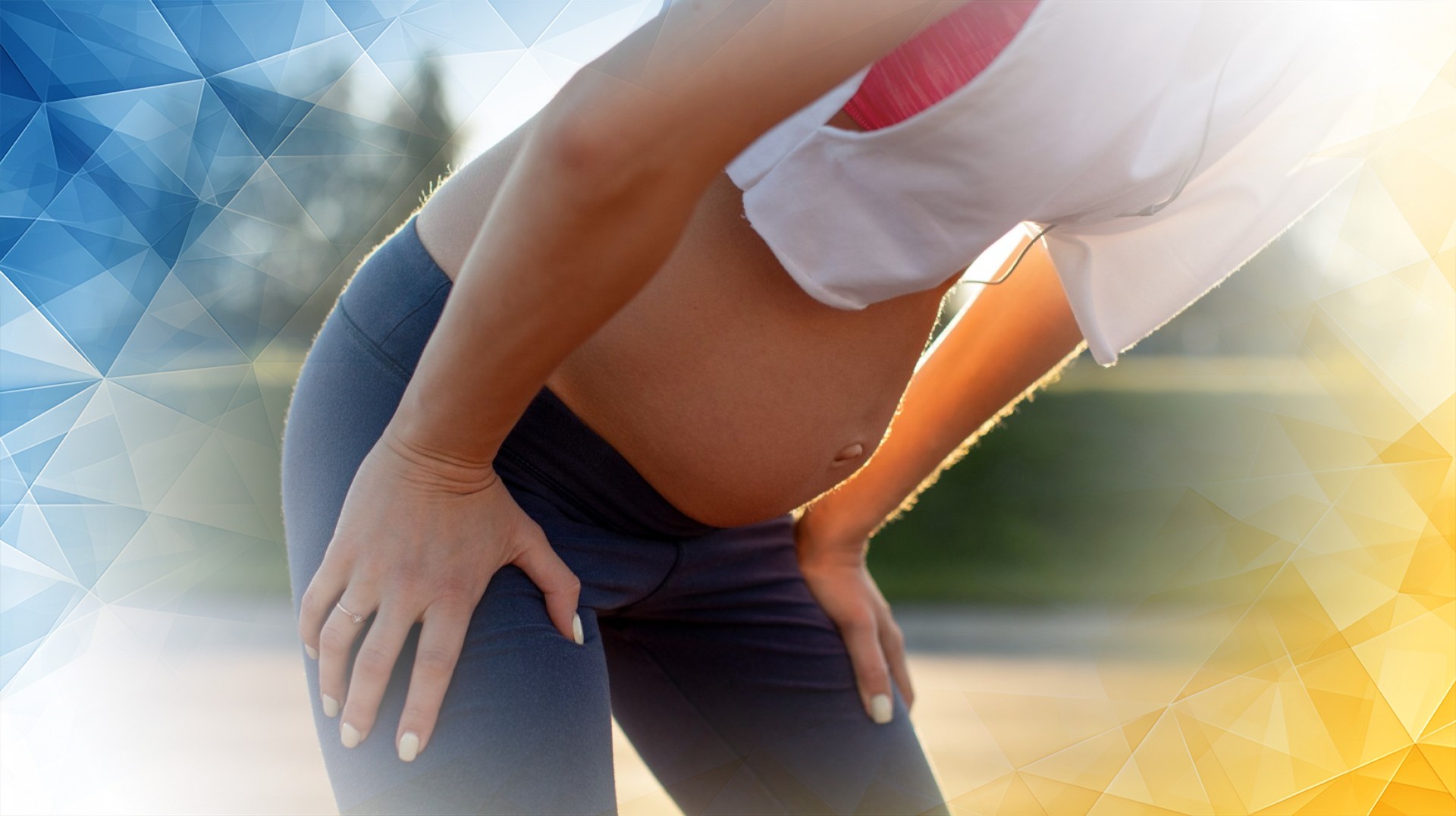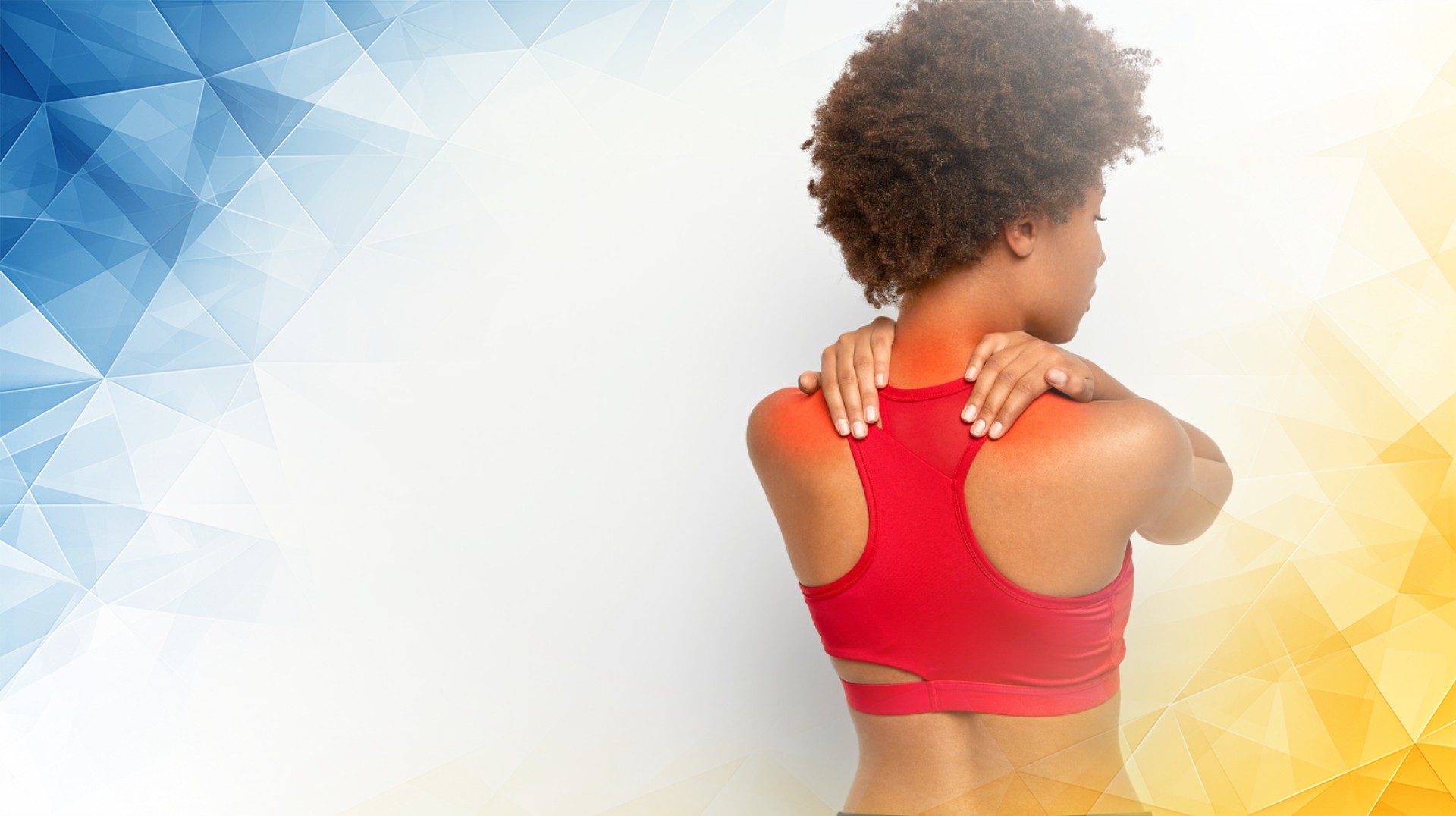



The shoulder is a marvel of flexibility and function, enabling us to reach, lift, throw, and perform countless daily activities. Its stability and movement depend on key structures: the rotator cuff —a group of muscles and tendons that keep the joint steady—and the labrum, a ring of cartilage that deepens the shoulder socket and further stabilizes the joint. When issues arise here, particularly shoulder impingement and labral tears, they can cause pain, limit movement, and affect quality of life. Fortunately, recent research is giving both patients and healthcare professionals a better understanding of these conditions, leading to improved ways to diagnose and treat them. In this article, we’ll explore these new insights and explain how they can help you or someone you care about.
Shoulder impingement occurs when tendons or small fluid-filled sacs (bursae) get pinched in the narrow space beneath the acromion—the bony top part of your shoulder. This often happens when lifting your arm overhead, making it common among athletes and people in repetitive-motion jobs.
Symptoms include pain while raising the arm, weakness, and limited range of motion. Impingement may start as nagging discomfort, but if untreated, it can lead to inflammation and damage to the rotator cuff .
New research has shed light on the root causes of impingement . For example, the shape of your acromion influences your risk—those with a hooked or curved acromion (type III) have a narrower space and are more likely to develop impingement. This means treatment isn’t one-size-fits-all; your unique anatomy and lifestyle play a big role in recovery.
Rehabilitation today focuses on more than just rest and ice. Early treatment emphasizes strengthening the muscles that keep the upper arm bone ( humerus ) properly positioned, such as the rotator cuff and scapular muscles. As you progress, exercises become more targeted, focusing on restoring correct shoulder movement and preventing future injuries.
The labrum acts as a cushion and stabilizer for the shoulder socket, helping keep everything in place. Labral tears can happen suddenly from trauma (like a fall or dislocation), or develop over time from repetitive stress.
Two common types are SLAP tears, involving the upper (superior) part of the labrum—often seen in overhead athletes—and Bankart tears, usually related to shoulder dislocations . The symptoms can be vague, including pain, clicking, or a feeling of instability or weakness.
Diagnosing a labral tear can be challenging because the symptoms often mimic other shoulder problems . Advanced imaging, like an MRI with special contrast (magnetic resonance arthrography), is often needed to see the damage clearly.
Treatment depends on the severity and your activity goals. Many people improve with physiotherapy focused on strengthening the shoulder and restoring stability. Some, especially active individuals or those with persistent instability, may need minimally invasive surgery. Early diagnosis and treatment are important to prevent future problems.
Impingement and labral tears often overlap. If the shoulder ’s tendons or bursae keep getting pinched, inflammation can strain other structures—like the labrum—making tears more likely. Conversely, a torn labrum can make the shoulder unstable, changing how the joint moves and increasing the risk of impingement.
This two-way relationship means treatments are increasingly combined and customized. For example, surgeons might address both impingement (by relieving pressure) and labral damage during a single procedure. Rehabilitation plans now focus on restoring muscle balance and proper movement patterns to prevent further issues.
Modern shoulder care recognizes that successful recovery isn’t just about treating isolated problems, but about seeing how everything in the joint works together. Tailored rehabilitation , progressing through each phase—pain control, restoring balance, then building strength —gives patients the best chance for a full return to activity.
Shoulder impingement and labral tears are common, often interconnected problems, but advances in research are leading to better ways to diagnose, treat, and prevent them. By understanding the mechanics behind these conditions, doctors can tailor treatments to each person, improving outcomes and restoring quality of life. Ongoing research promises even more effective solutions, giving hope to anyone struggling with shoulder pain or instability.
Sørensen, A. K. B., & Jørgensen, U. G. (2000). Secondary impingement in the shoulder. Scandinavian Journal of Medicine and Science in Sports, 10(5), 266-278. https://doi.org/10.1034/j.1600-0838.2000.010005266.x
Tagg, C., Campbell, A. V., & McNally, E. (2013). Shoulder Impingement. Seminars in Musculoskeletal Radiology, 17(1), 3-11. https://doi.org/10.1055/s-0033-1333908
Morrison, D., Greenbaum, B. S., & Einhorn, A. (2000). Shoulder impingement. Orthopedic Clinics of North America, 31(2), 285-293.
Patients typically experience pain when lifting their arm, weakness, clicking noises, limited movement, and sometimes instability. At London Cartilage Clinic, Professor Lee uses advanced diagnostics to distinguish these symptoms from similar conditions, ensuring that patients receive prompt and precise care for optimal recovery outcomes.
Professor Lee combines thorough physical examination with cutting-edge imaging techniques like magnetic resonance arthrography. This precise approach allows him to identify subtle differences between impingement and labral tears, leading to highly accurate diagnoses and ensuring patients access the most appropriate, personalised treatment solutions.
At London Cartilage Clinic, rehabilitation is individually tailored. Professor Lee’s team focuses on gradual strengthening of rotator cuff and scapular muscles, correct movement restoration, and preventing recurrence. Their modern, research-driven protocols support every stage of recovery, giving patients confidence in regaining strength and returning to normal activity efficiently.
Surgery is often recommended when physiotherapy does not resolve pain or instability, or if tears are severe. At London Cartilage Clinic, Professor Lee, with extensive surgical expertise, performs minimally invasive procedures that address multiple issues in one operation, helping patients achieve faster, safer, and more comprehensive recoveries.
Professor Lee is a leading specialist known for personalised, up-to-date care in diagnosing and treating shoulder conditions. London Cartilage Clinic offers state-of-the-art facilities and rehabilitation programmes, ensuring that every patient receives expert guidance and achieves the highest standard of recovery from complex shoulder problems.
All our treatments are selected to help patients achieve the best possible outcomes and return to the quality of life they deserve. Get in touch if you have any questions.
At London Cartilage Clinic, we are constantly staying up-to-date on the latest treatment options for knee injuries and ongoing knee health issues. As a result, our patients have access to the best equipment, techniques, and expertise in the field, whether it’s for cartilage repair, regeneration, or replacement.
For the best in patient care and cartilage knowledge, contact London Cartilage Clinic today.
At London Cartilage Clinic, our team has spent years gaining an in-depth understanding of human biology and the skills necessary to provide a wide range of cartilage treatments. It’s our mission to administer comprehensive care through innovative solutions targeted at key areas, including cartilage injuries. During an initial consultation, one of our medical professionals will establish which path forward is best for you.
Contact us if you have any questions about the various treatment methods on offer.
Legal & Medical Disclaimer
This article is written by an independent contributor and reflects their own views and experience, not necessarily those of londoncartilage.com. It is provided for general information and education only and does not constitute medical advice, diagnosis, or treatment.
Always seek personalised advice from a qualified healthcare professional before making decisions about your health. londoncartilage.com accepts no responsibility for errors, omissions, third-party content, or any loss, damage, or injury arising from reliance on this material. If you believe this article contains inaccurate or infringing content, please contact us at [email protected].